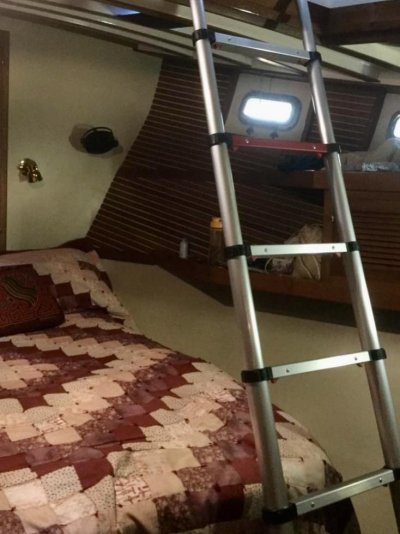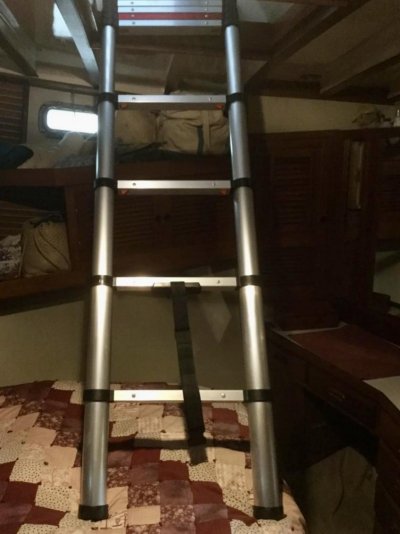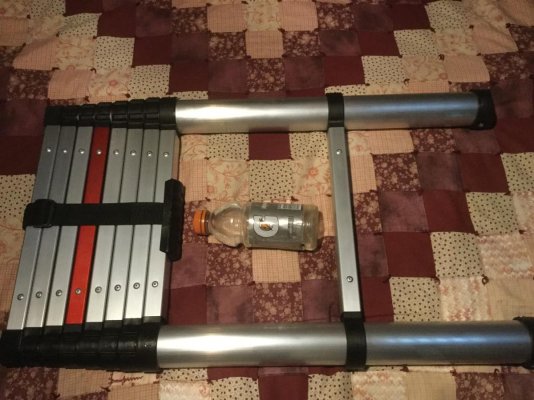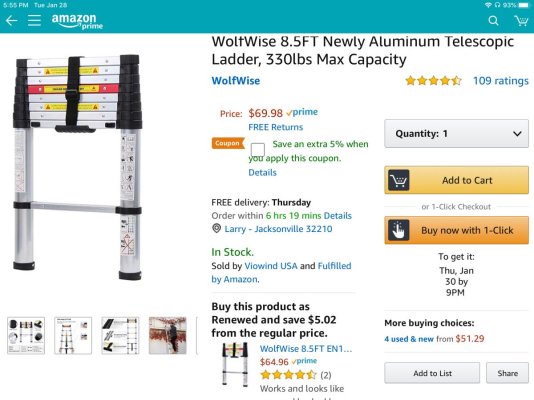Beyond having a hatch, making sure it is relatively easy to get out of it is important. In many of these I've seen, including our forward cabin, the hatch is relatively high. Most people, especially older, don't have the upper body strength to hoist themselves out of a hatch without a ladder or something. The solution can be as simple as having easy access to a step ladder and telling people how to use it. It just has to be simple since it is likely to be dark. Depending on a Fireboy assumes a source of the fire, problem is that I've seen a boat fire caused by charging computer, the engine room halon didn't save the boat (burned to the waterline and sank) .
BTW, one other practice we've adopted is shutting OFF the inverter (to shut down outlets) when asleep or away to make sure that any phones/computers that are charging are shut down.




